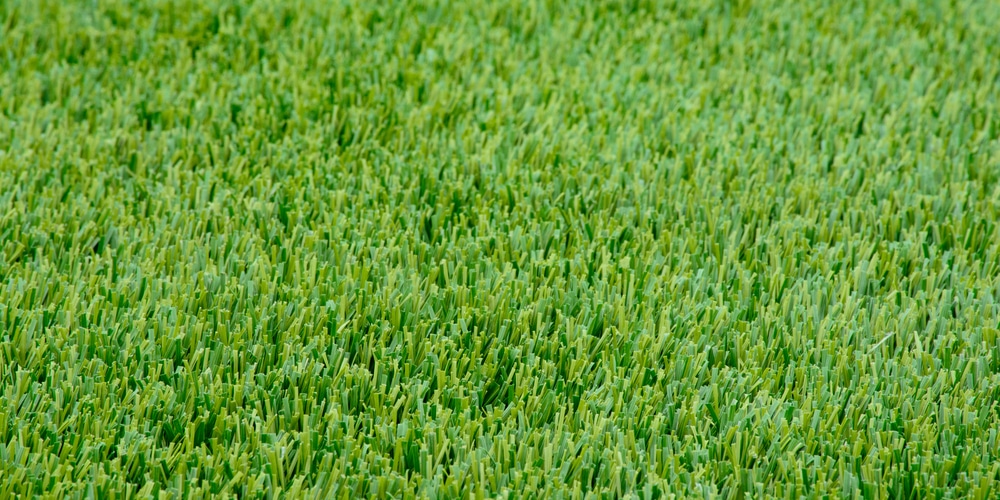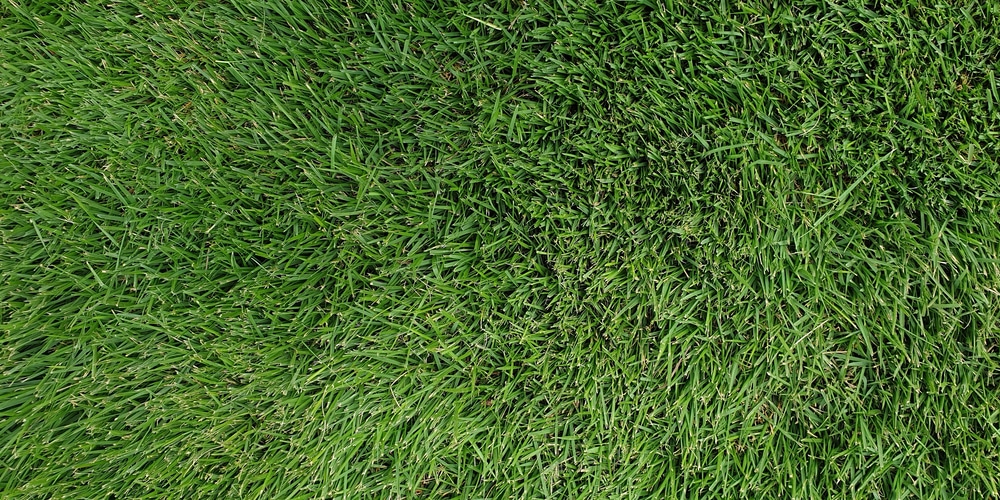In winter, warm-season grasses turn yellow, and as the weather becomes cold, they will become dormant. If you want to have a green lawn during the winter months, you may like to overseed a warm-season lawn with a cool-season variety. There are also a few species of grass that stay green throughout winter. These “evergreen” grasses will keep their green leaves even during the colder months. This article will look at the grasses that stay green in winter.
Which Grasses Stay Green in Winter?
Grasses that grow near the equator, such as Bahia grass, Bermuda grass, buffalo grass, and zoysia grasses can survive cold temperatures. These types of grass will turn greenish-yellow in the winter months but will remain relatively green compared to other types of grasses. These warm-season turfgrasses need periods of cold temperatures for dormancy.
Bermuda Grass

In areas, with warmer winter weather, Bermuda grass will thrive and stay green. Although Bermuda is a warm-season grass, it will thrive in USDA zones 7 to 10 and will likely stay green year-round. You may find that your lawn fades slightly in the winter, but Bermuda is fairly hardy and can cope with some cold.
In the southern states, where temperatures remain above 50 degrees Fahrenheit in the winter, Bermuda grass will remain green in winter.
Related: Fescue versus Bluegrass
Zoysia
Zoysia grass can be planted in USDA zones 6 to 11 and will often stay green throughout the winter months. Although Zoysia is a warm-season grass, it is slightly more cold, hardy than Bermuda grass and is less likely to suffer from cold damage.
If you want your zoysia lawn to stay green throughout the winter, you’ll need to take good care of the grass in the growing season. Provide regular fertilization and aeration so that your lawn can develop a healthy root system. Healthier lawns are more likely to stay green in the winter.
Kentucky Bluegrass

Kentucky Bluegrass can be planted in USDA zones 3 to 7 and has an attractive blue-green color. As a cool-season grass, it will remain green and healthy throughout the winter months and can be grown in colder areas such as the northern states.
What are cool-season grasses?

Cool season grasses are adapted to growth at latitudes with cool, moist winters and warm summers. This means that these types of grasses grow best in temperate regions where the temperature is cold.
Cool season grasses have their growing season throughout the fall and winter months. This is the time of most active growth and is also when the grass will be at its healthiest and greenest. Examples of cool-season grass varieties include, Ryegrass, Red Fescue, Kentucky Bluegrass, and Tall Fescue.
Related: Bermuda vs. Zoysia
What are warm-season grasses?
Warm season grasses are adapted to growth at latitudes where the climate is hot throughout the year. The wet and dry seasons mimic temperatures found closer to the equator. These types of grasses will turn brown during winter because they require warmth rather than cold to grow properly. Their growing season is from the early spring until late fall.
Warm-season turfgrasses can be divided into two categories – those that grow at tropical latitudes and those that grow near the equator. Grasses that grow at tropical latitudes, such as Bermuda and zoysia grass, will not survive freezing temperatures. If you live in an area with a warmer winter, Bermuda or Zoysia is a good choice as these grasses can stay green in transitional zones.
In areas that are prone to frost, Bermuda and Zoysia turfgrass should be overseeded with a cool-season variety, such as Kentucky bluegrass. While the warm season grasses turn yellow over the winter, the Kentucky bluegrass will stay green throughout winter. If you do not want to overseed during the winter months, your lawn may be left mostly brown in appearance.
Conclusion
If you live in a transitional zones planting warm-season turfgrasses such as Bermuda grass or zoysia will add an element of color to your lawn during the fall and winter months when most people’s lawns turn brown. In colder zones, you might want to look into overseeding your grass with rye, fescue, or bluegrass. Planting a cool-season grass such as Kentucky bluegrass in the winter will allow you to have a green lawn as this variety can cope with colder weather.
